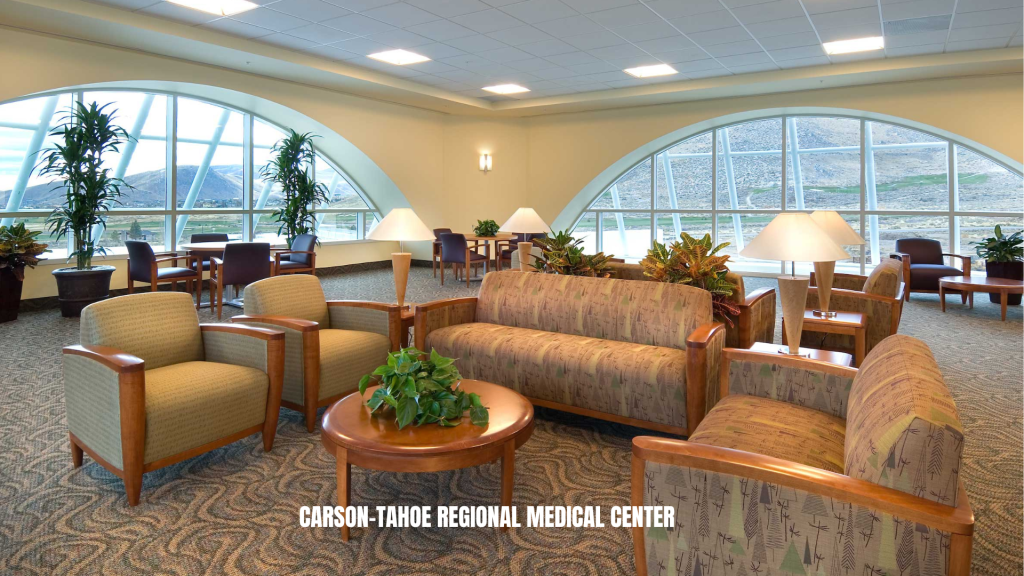
At Brandt Design Group, we believe that the spaces we design can profoundly impact the healing journey of patients, the comfort of their families, and the well-being of healthcare providers. One of the most transformative approaches in healthcare design today is biophilic design—a concept that brings nature into the built environment, creating spaces that not only look beautiful but also promote health and wellness. Let’s explore how biophilic design is revolutionizing healthcare interiors and why it matters.
What is Biophilic Design? Biophilic design is rooted in the idea that humans have an innate connection to nature. This approach integrates natural elements—like light, greenery, water, and organic materials—into interior spaces, creating environments that are soothing, restorative, and conducive to healing. In healthcare settings, biophilic design goes beyond aesthetics; it aims to reduce stress, speed up recovery, and improve overall patient outcomes.
The Impact of Nature on Healing Decades of research have shown that nature can significantly affect our mental and physical health. Patients with access to views of nature have been found to recover faster, require less pain medication, and experience lower stress levels. In healthcare design, incorporating biophilic elements like natural light, indoor plants, water features, and nature-inspired artwork can make a tangible difference in the patient experience.
Key Elements of Biophilic Design in Healthcare Interiors Natural Light and Views Maximizing natural light and providing access to outdoor views are core components of biophilic design. Sunlight not only enhances mood but also supports the body’s natural circadian rhythms, which is crucial for patients’ sleep quality and overall recovery. Large windows, skylights, and strategically placed glazing can flood spaces with light and offer calming views of gardens or green spaces, making the environment feel less clinical and more inviting.
Greenery and Living Walls Bringing greenery indoors is one of the most direct ways to incorporate biophilic design. From potted plants to expansive living walls, vegetation helps purify the air, reduce noise levels, and create a sense of tranquility. In waiting areas, patient rooms, and even hallways, greenery can soften the environment and serve as a visual reminder of the natural world.
Natural Materials and Textures Using natural materials like wood, stone, and bamboo can create a warm, organic feel within healthcare spaces. These materials add texture and visual interest, promoting a sense of calm and comfort. In addition, elements like wood grain patterns and stone finishes can evoke a sense of being grounded, enhancing the overall healing atmosphere.
Water Features The soothing sound of water can have a calming effect, reducing anxiety and creating a serene atmosphere. Integrating water features such as small indoor fountains or reflecting pools can provide patients and visitors with a sensory experience that promotes relaxation and mental clarity. Nature-Inspired Artwork Artwork that features natural scenes—such as landscapes, oceans, and forests—can bring the outside in, even in spaces without direct access to nature. Carefully selected imagery can evoke feelings of peace, reduce stress, and provide a mental escape for patients and visitors.
The Future of Healthcare Design As we continue to explore and implement biophilic design, we see firsthand the powerful impact it can have on healthcare environments. By creating spaces that connect people with nature, we can enhance the healing process, improve patient satisfaction, and support the overall well-being of healthcare staff. At Brandt Design Group, we’re committed to pushing the boundaries of design to create healthcare spaces that truly support the human experience.

